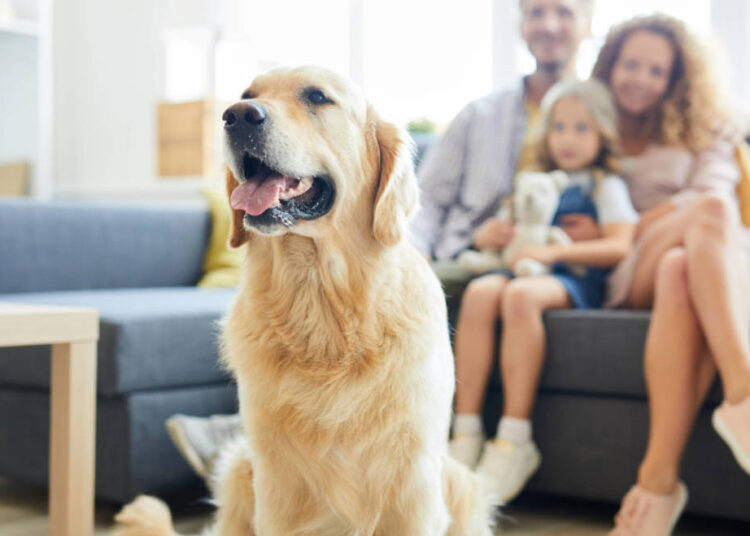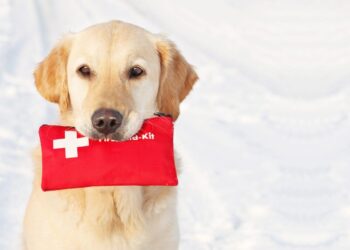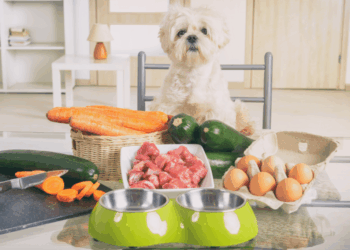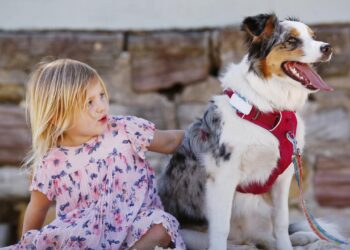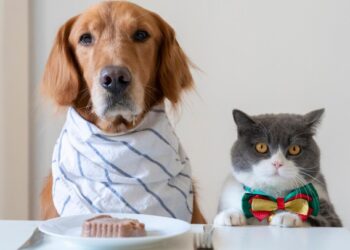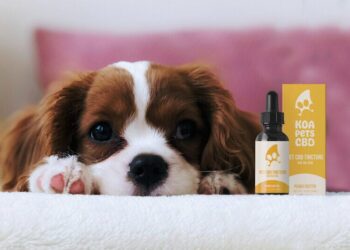Our homes are sanctuaries for us and our beloved pets, offering comfort, warmth, and a sense of belonging. Yet, within these familiar walls lurk numerous hidden dangers that can pose serious threats to our animal companions. From everyday household items to seemingly innocuous plants, many elements of a typical home environment can be hazardous if not properly managed. Ensuring home pet safety isn’t just about preventing accidents; it’s about creating a secure haven where pets can thrive without constant risk.
This comprehensive article will delve into the often-overlooked dangers within our living spaces, categorize common household hazards, provide actionable safety tips for every room, offer advice on preparing for emergencies, and emphasize the proactive measures necessary to safeguard our furry, feathered, or scaled family members. Understanding these potential threats and implementing preventative strategies is crucial for responsible pet ownership and fostering a truly safe and enriching home for your companion.
Why Home Safety Is Crucial for Pets
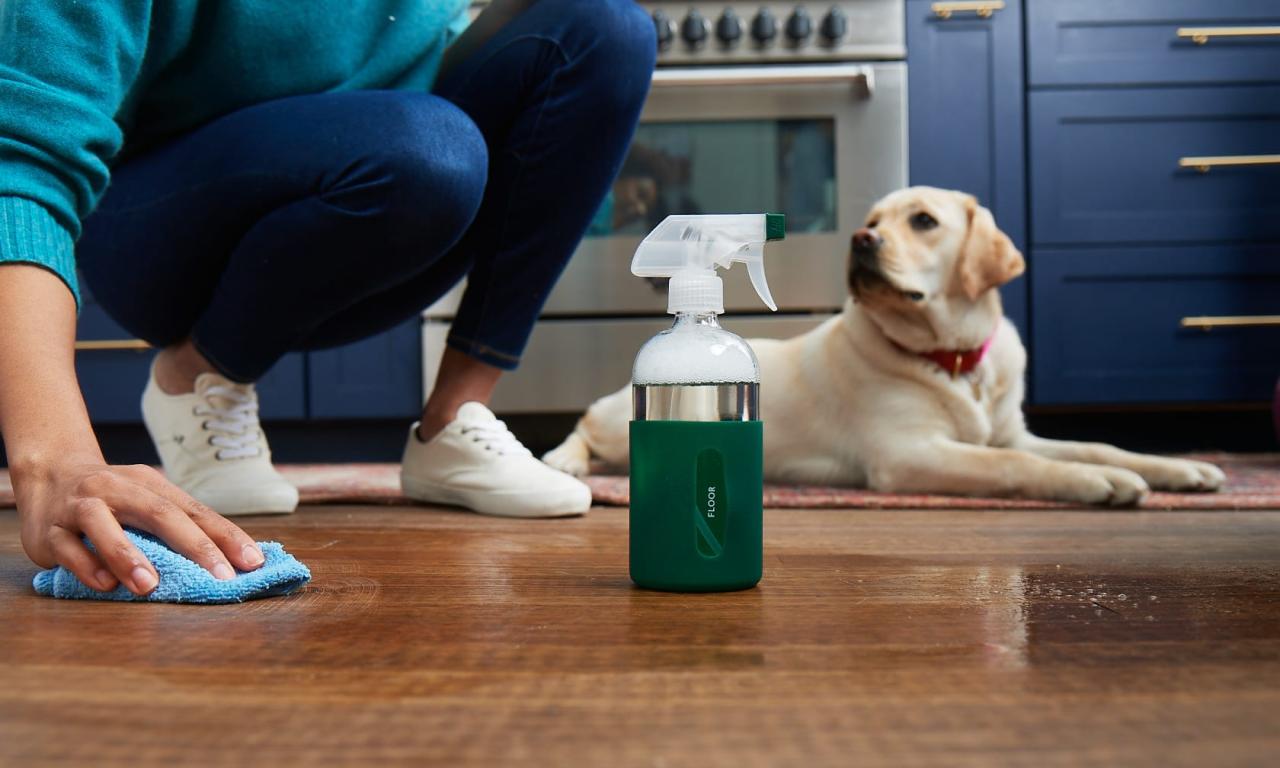
Pets, by nature, are curious explorers. They investigate new smells, taste intriguing objects, and can often find their way into surprisingly tight spots. Unlike human children, pets don’t understand the concept of danger or toxicity. Their instincts can lead them into situations that are harmless to us but potentially life-threatening for them.
The importance of proactive home pet safety stems from several key factors:
A. Curiosity-Driven Exploration: Pets explore their world primarily through their mouths and noses, making them prone to ingesting hazardous substances.
B. Different Physiology: What’s harmless to humans can be toxic or lethal to pets due to different metabolic processes.
C. Lack of Understanding: Pets cannot comprehend warnings or consequences.
D. Breed/Species-Specific Risks: Some breeds are more prone to certain accidents (e.g., small dogs ingesting objects, long-bodied dogs with back injuries from jumping), and exotic pets have unique environmental safety needs.
E. Preventing Costly Emergencies: Proactive safety measures can save you thousands of dollars in emergency veterinary bills and prevent immense emotional distress.
Ultimately, it’s our responsibility as pet owners to anticipate these dangers and create an environment where our pets can roam and play freely without constant supervision for every potential threat.
Categorizing Common Household Hazards
Understanding the types of dangers helps in identifying and mitigating them effectively.
A. Toxic Substances
This broad category includes items that, if ingested or contacted, can cause illness, organ damage, or death.
- Human Medications: Prescription drugs (e.g., NSAIDs, antidepressants, heart medications), over-the-counter drugs (e.g., ibuprofen, acetaminophen), and even some vitamins can be highly toxic.
- Household Cleaners: Bleach, detergents, disinfectants, toilet bowl cleaners, drain cleaners, oven cleaners, and floor polishes are corrosive and poisonous.
- Pest Control Products: Rodenticides (rat/mouse poison), insecticides, ant baits, and slug/snail baits are designed to kill and are extremely dangerous to pets.
- Automotive Fluids: Antifreeze (highly appealing to pets due to its sweet taste), engine oil, and washer fluid.
- Garden Products: Fertilizers, pesticides, herbicides, and some mulches (e.g., cocoa bean mulch).
- Human Foods: Chocolate, xylitol (sugar substitute), grapes/raisins, onions, garlic, avocado (for some species), macadamia nuts, alcohol, yeast dough, coffee/caffeine.
B. Choking and Obstruction Hazards
Items small enough to be swallowed but large enough to cause choking or block the digestive tract.
- Small Toys: Small pet toys, children’s toys, rubber bands, hair ties, coins, marbles.
- Bones: Cooked bones (splinter easily), rawhide chews (can expand).
- Strings/Linear Foreign Bodies: Yarn, dental floss, ribbon, tinsel (especially dangerous for cats, as they can cause intestinal plication).
- Household Objects: Socks, underwear, corn cobs, fruit pits, bottle caps, batteries (also corrosive).
C. Electrical Hazards
Exposed wires or accessible outlets pose a risk of electric shock or burns.
- Chewed Cords: Pets, especially puppies and kittens, often chew on electrical cords.
- Accessible Outlets: Unused outlets within reach.
D. Physical Dangers and Traps
Items or situations that can cause physical injury.
- Open Doors/Windows: Risk of escape, falls (especially for pets on upper floors), or entry of other animals.
- Hot Surfaces: Stoves, fireplaces, space heaters.
- Sharp Objects: Knives, scissors, razors, broken glass.
- Heavy Objects: Items that can fall and injure a pet (e.g., unsecured bookshelves, top-heavy lamps).
- Drowning Hazards: Uncovered swimming pools, hot tubs, toilets, bathtubs.
- Pinching Hazards: Recliner chairs, rocking chairs, folding furniture, heavy doors.
- Unsecured Trash Cans: Access to spoiled food, sharp objects, or toxic waste.
E. Toxic Plants
Many common houseplants and outdoor garden plants are toxic if ingested.
- Common Examples: Lilies (highly toxic to cats), Sago Palm, Azaleas, Rhododendrons, Tulips/Daffodils (bulbs especially), Oleander, Pothos, Philodendron, Dieffenbachia, Aloe Vera.
Room-by-Room Home Safety Hacks
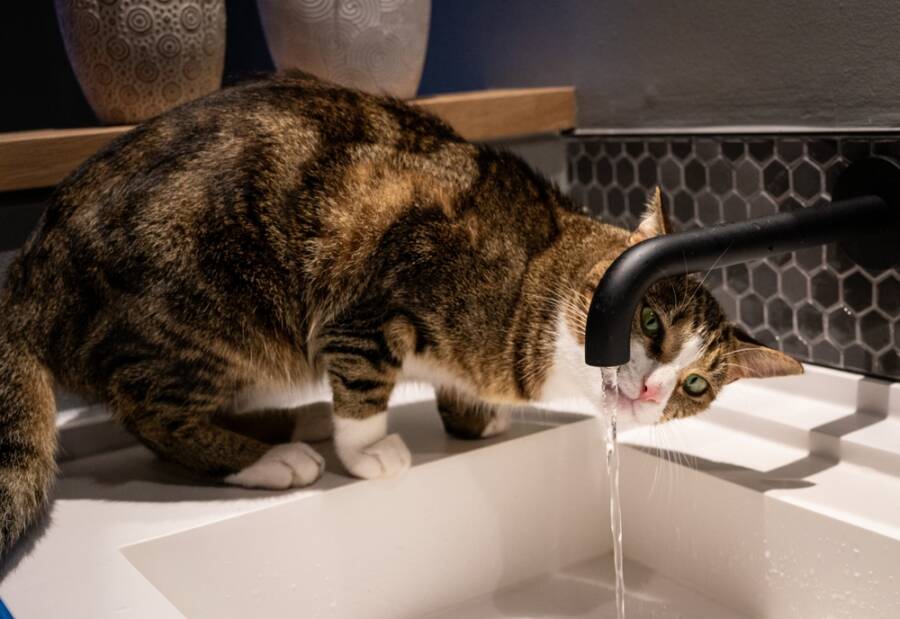
A systematic approach to pet-proofing your home ensures you cover all bases.
A. Kitchen & Dining Area
This is often the most dangerous room due to food and chemicals.
- Secure All Food: Store human foods (especially those toxic to pets like chocolate, grapes, onions, garlic, xylitol-containing products) in high, secured cabinets or the refrigerator. Don’t leave food on counters, tables, or accessible pantry shelves.
- Lock Cabinets: Use child-proof latches on cabinets containing cleaning supplies, medications, and garbage.
- Secure Trash Cans: Use heavy, lidded trash cans that pets cannot tip over or open.
- Beware of Hot Surfaces: Keep pets away from hot stoves, ovens, and dishwashers. Don’t leave hot pots/pans unattended.
- Clean Spills Immediately: Wipe up any food or liquid spills quickly, especially if they contain toxic ingredients.
- Dishwasher Safety: Keep dishwasher closed, as pets might lick off detergents or chew on sharp utensils.
B. Living Room & Common Areas
Focus on electrical, choking, and plant hazards.
- Secure Electrical Cords: Bundle and cover loose electrical cords with cord protectors. Use surge protectors that hide outlets. Unplug unused electronics.
- Remove Small Choking Hazards: Keep small objects (coins, batteries, buttons, jewelry, children’s toys, craft supplies) out of reach. Regularly check under furniture.
- Pet-Safe Plants: Research all houseplants. Remove or hang out of reach any toxic plants (e.g., lilies, sago palms, philodendrons). Opt for truly pet-safe alternatives like Boston ferns, spider plants, or African violets.
- Secure Furniture: Anchor heavy or top-heavy furniture (bookshelves, TVs) to the wall to prevent tipping.
- Beware of Recliners/Rocking Chairs: Always check underneath before adjusting to ensure your pet isn’t hiding there.
- Fireplace Safety: Use a sturdy screen for fireplaces and wood-burning stoves. Ensure ashes are cool before cleaning.
C. Bathroom
Toxic cleaners and medications are the main culprits here.
- Toilet Lids Down: Keep toilet lids down to prevent pets from drinking chemically treated water (from cleaners) or falling in.
- Secure Medications: Store all human medications, including prescription, over-the-counter, and vitamins, in high, locked cabinets. Never leave pills on counters.
- Lock Cabinets: Use child-proof latches on cabinets holding cleaning supplies, cosmetics, and personal hygiene products.
- Secure Trash Can: Use a lidded trash can to prevent access to dental floss, cotton balls, or hygiene products that can cause obstructions.
- Razors and Sharp Objects: Store safely in drawers or cabinets.
D. Bedrooms
Personal items and accessible small objects are key concerns.
- Keep Clothes Off Floor: Socks, underwear, and pantyhose are common foreign body ingestions. Store them in hampers or drawers.
- Secure Cosmetics and Toiletries: Keep makeup, lotions, perfumes, and hair products in drawers or on high shelves.
- Medication Safety: Store any bedroom medications (e.g., nightstand medications) in pet-proof containers or locked drawers.
- Jewelry and Small Items: Keep jewelry, hair ties, paper clips, and other small items out of reach.
- Closet Doors: Keep closet doors closed to prevent pets from chewing on shoes or clothes, or getting trapped.
E. Laundry Room/Utility Area
Chemicals and potential hiding spots.
- Secure Detergents: Keep laundry detergents (especially pods), fabric softeners, and bleach in locked cabinets.
- Appliance Safety: Keep washer and dryer doors closed. Cats, especially, love to climb inside for naps. Check before starting a cycle.
- Tools and Hardware: Store tools, nails, screws, and other hardware in secure toolboxes or high cabinets.
- Pet Food/Treat Storage: Store pet food and treats in airtight, pet-proof containers to prevent overeating or contamination.
F. Garage, Shed, and Outdoor Areas
Antifreeze, chemicals, and outdoor plants pose significant risks.
- Antifreeze: Extremely toxic and appealing. Clean up spills immediately. Store in tightly sealed containers out of reach. Consider using pet-safe propylene glycol-based antifreeze.
- Pest Control Products: Store rodenticides, insecticides, and weed killers in locked cabinets. Consider pet-safe alternatives or integrated pest management.
- Garden Products: Fertilizers, mulches (especially cocoa bean mulch), and pesticides should be stored securely.
- Tools and Equipment: Store sharp tools, lawnmowers, and other equipment securely.
- Open Containers: Cover water barrels, trash cans, or chemical containers.
- Fencing: Ensure your yard is securely fenced, free of gaps or escape routes.
- Toxic Outdoor Plants: Research common toxic outdoor plants in your region (e.g., sago palms, azaleas, rhododendrons, lilies). Remove them or fence them off.
- Swimming Pool Safety: If you have a pool, consider a fence, cover, or alarm. Teach your pet how to exit the pool safely.
General Home Safety Best Practices
Beyond specific rooms, these universal tips apply everywhere.
A. Regular “Pet’s Eye View” Inspections
Get down on your hands and knees and look at your home from your pet’s perspective. What’s at their level? What looks tempting to chew or ingest? This can reveal hidden dangers.
B. Secure Small Items
Develop a habit of immediately picking up and putting away small items (coins, jewelry, hair ties, dental floss, dropped medications, pen caps).
C. Child-Proofing Techniques
Many products designed for child safety (cabinet latches, outlet covers, gate barriers) are equally effective for pet safety.
D. Knowing Your Pet’s Habits
Understand your pet’s individual quirks. Are they a notorious chewer? A counter-surfer? A master escape artist? Tailor your safety measures to their specific tendencies.
E. Proper Storage
Always store potentially hazardous items in secure, sealed containers, preferably in locked cabinets or on high shelves where pets cannot reach.
F. Pet First Aid Kit
Assemble a basic pet first aid kit for minor injuries. Include bandages, antiseptic wipes, sterile saline solution, tweezers, and a pet-safe thermometer.
Preparing for Emergencies
Despite best efforts, accidents can happen. Being prepared is vital.
A. Emergency Contact Information
- Your Veterinarian: Keep their number easily accessible.
- Emergency Vet Clinic: Know the location and phone number of the nearest 24-hour emergency veterinary hospital.
- Pet Poison Helpline: Have the numbers for animal poison control centers (e.g., ASPCA Animal Poison Control Center: 1-888-426-4435 or Pet Poison Helpline: 1-855-764-7661 in North America; check for local equivalents in your region). Be aware that these services may charge a consultation fee.
B. Basic Pet First Aid Knowledge
Learn how to perform basic pet first aid, such as:
- Recognizing Poisoning Symptoms: Vomiting, diarrhea, lethargy, seizures, tremors, excessive drooling, difficulty breathing, uncoordinated movements.
- Administering CPR (if trained and necessary).
- Controlling Bleeding.
- Handling Injuries Safely.
C. Stay Calm and Act Fast
In an emergency, try to remain calm. Rapid action can be crucial. If you suspect poisoning, call a pet poison helpline or your emergency vet immediately. Have the product packaging ready for reference.
D. Microchip and ID Tags
Ensure your pet is microchipped and wears up-to-date ID tags on their collar. This is crucial if they escape during a moment of distress.
E. Disaster Preparedness
Have a disaster plan that includes your pets. This involves a grab-and-go kit with food, water, medications, medical records, and a carrier for each pet.
The Human Factor
Ultimately, pet safety in the home depends on the human occupants.
A. Educate All Family Members: Ensure everyone living in the home, especially children, understands pet safety rules regarding food, medications, and securing items.
B. Regular Review: Periodically re-evaluate your home for new hazards, especially after purchasing new items or changing routines.
C. Vigilance: While your home may be pet-proofed, ongoing vigilance is necessary, especially with new pets, puppies/kittens, or aging pets whose habits may change.
Conclusion
Creating a truly safe home for our pets is an ongoing commitment, but one that is profoundly rewarding. By understanding the common dangers, implementing proactive room-by-room safety measures, and preparing for emergencies, we can transform our living spaces into secure havens where our animal companions can explore, play, and rest without unnecessary risk.
The effort involved in home pet safety is a testament to the depth of our love and responsibility towards these cherished family members. By taking these essential steps, we not only protect them from harm but also foster a deeper sense of peace and security, ensuring they live long, healthy, and happy lives by our side. A safe home is a happy home for every paw, wing, and fin.

